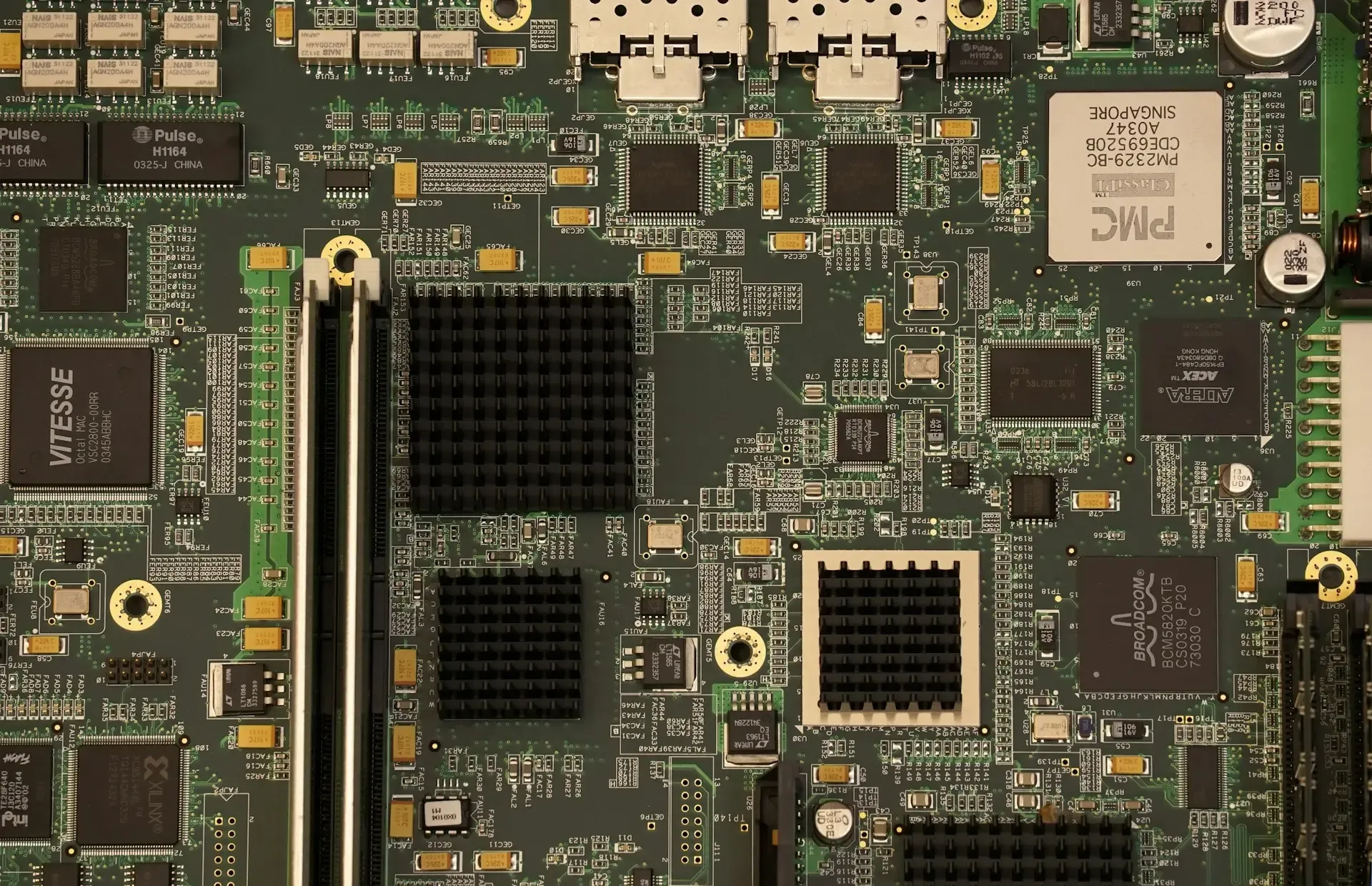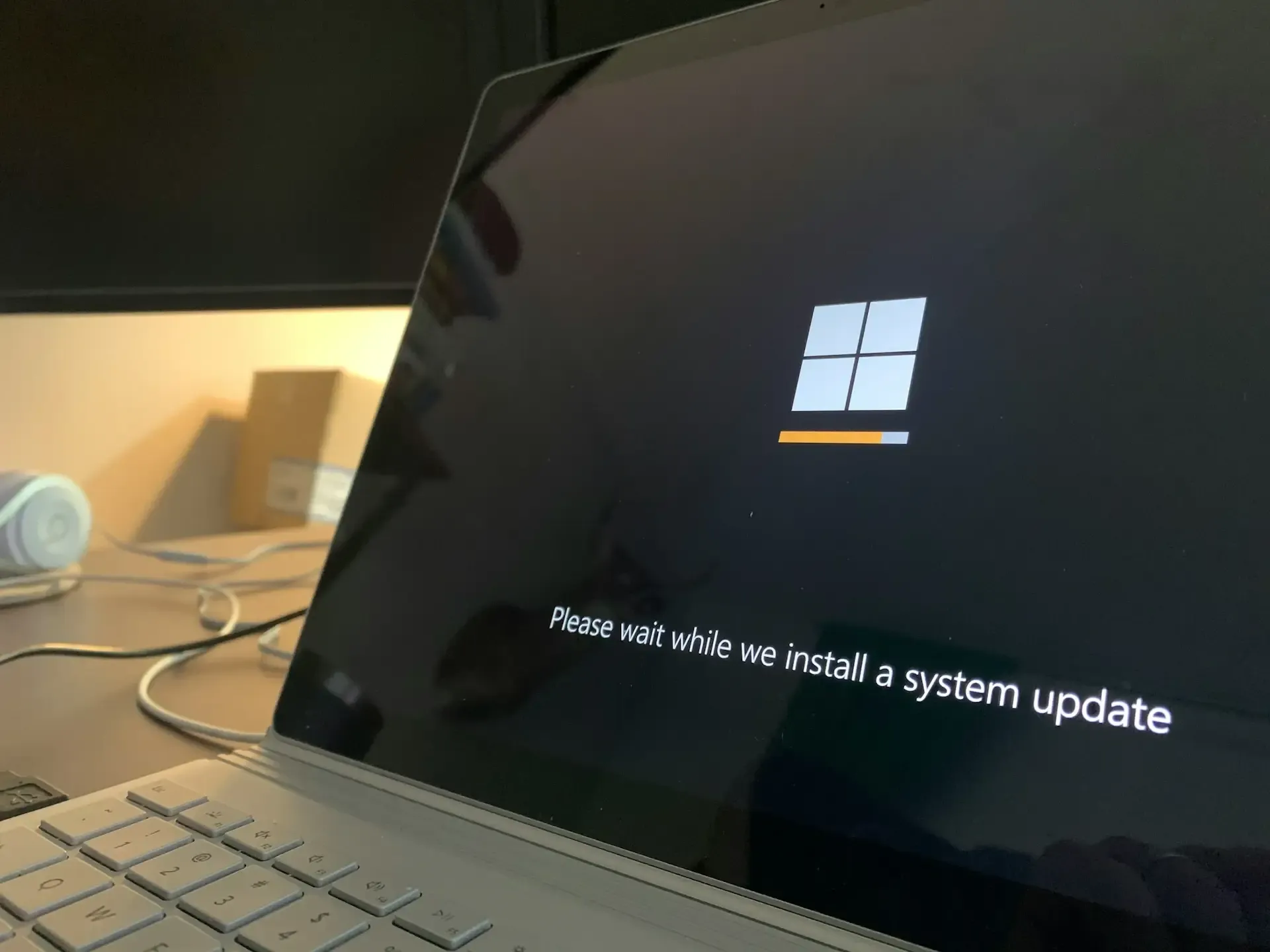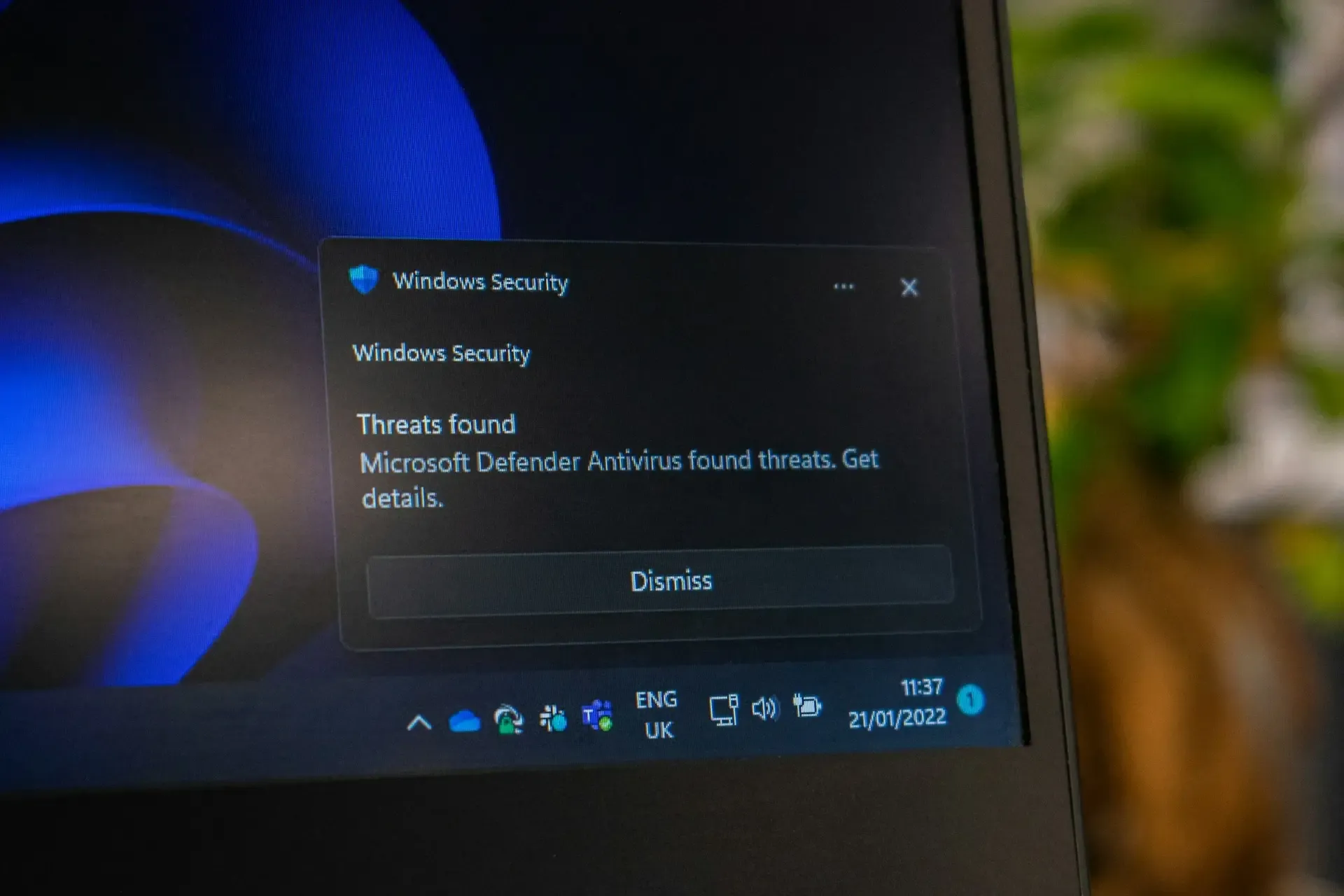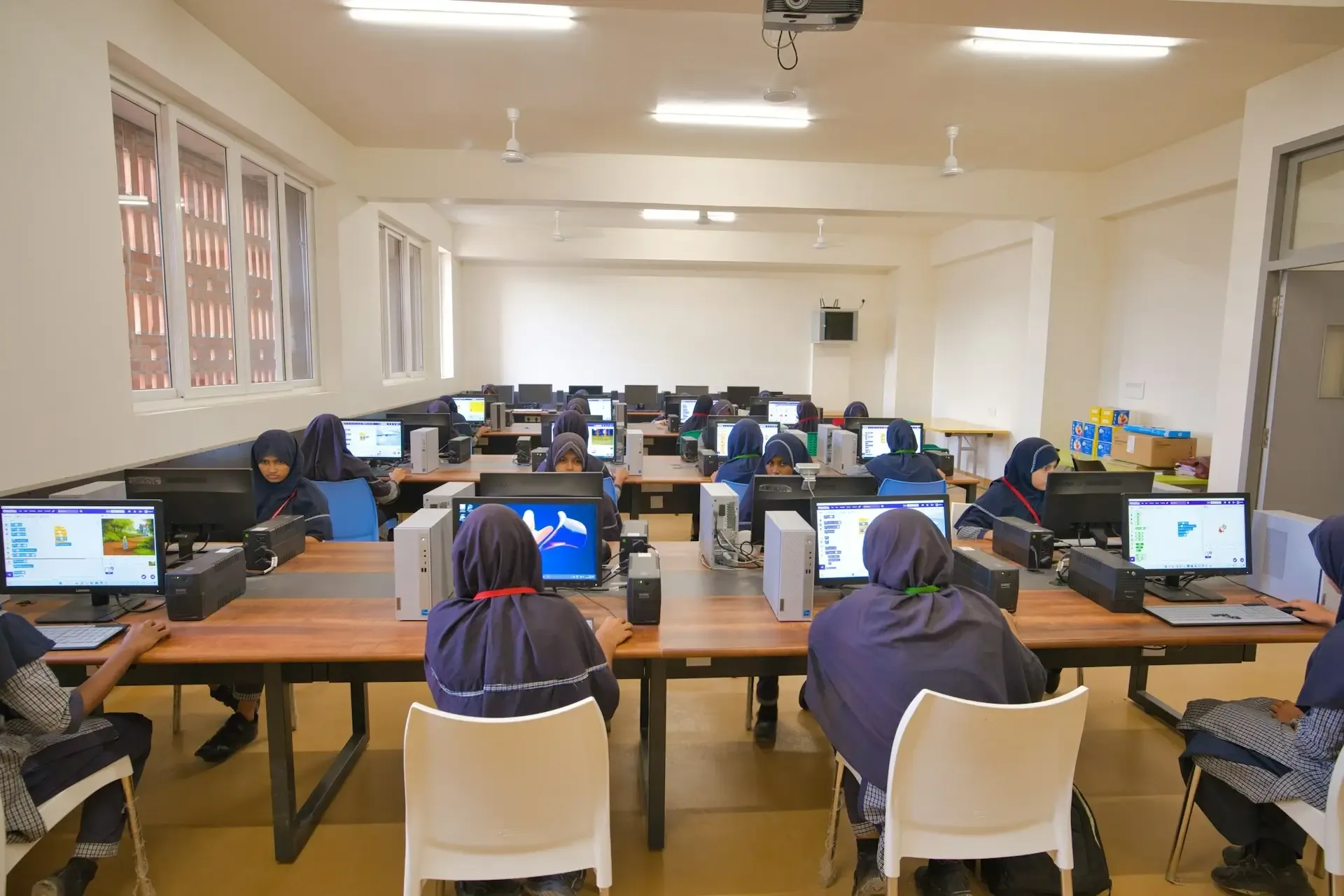Microsoft has long maintained that regular updates are crucial for maintaining Windows’ security, stability, and feature-richness. Yet, not every PC running Windows 11 will benefit from those updates moving forward. Devices that do not meet Microsoft’s hardware requirements will no longer receive security patches, feature rollouts, or bug fixes.
For many users, this decision raises a difficult question. Should they invest in new hardware, or continue using Windows 11 without updates, despite the risks?
Today, let’s dissect this issue and understand what this action by Microsoft means for you.
Why Microsoft Is Ending Updates for Unsupported Windows 11 PCs
When Microsoft released Windows 11 in 2021, the system requirements were already controversial. Many PCs that ran Windows 10 perfectly well were excluded from upgrading because they lacked certain hardware components, most notably the Trusted Platform Module (TPM) 2.0, Secure Boot, and newer generations of Intel and AMD processors.
Over the years, Microsoft has allowed some workarounds, letting users install Windows 11 on unsupported hardware. However, these devices were never officially recognized by Microsoft. Now, with updates being cut off, Microsoft is drawing a line in the sand. Unsupported machines will no longer receive security patches, feature updates, or critical bug fixes.
The reasoning is that maintaining Windows 11's security and stability requires modern hardware. Features such as virtualization-based security, firmware protection, and efficient memory management rely on newer CPU instruction sets and trusted security modules. Without them, older PCs may become liabilities in terms of both performance and cyber risk.






